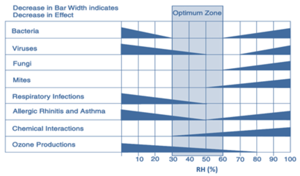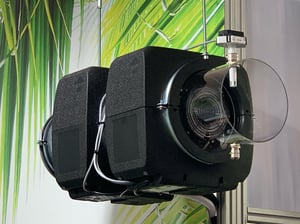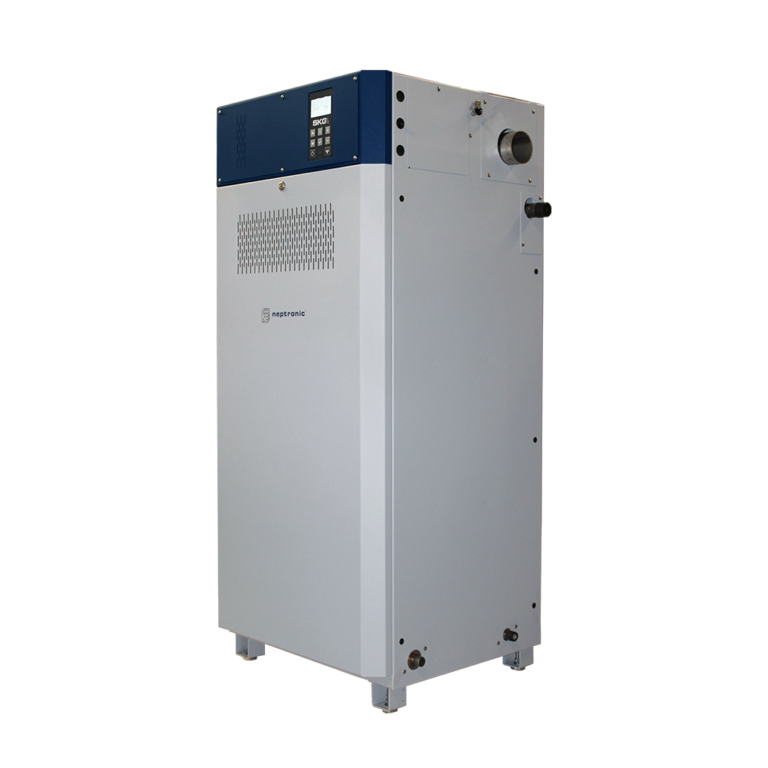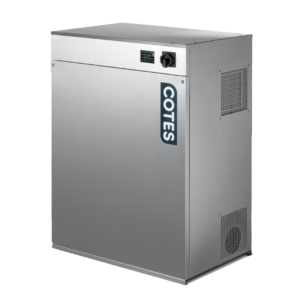
There have been many debates over the years over the importance of indoor air quality, and the significance it plays in not only overall health, but also in infection and virus control.
Now, with a pandemic in full swing, this debate has become more important than ever. But the biggest question on anyone’s mind is, do we really know the role humidity control can play in indoor air quality? And if it does, what kinds of solutions can we put in place to protect our most vulnerable, at-risk people working and living in care homes, hospitals and other places of work? Today, we examine this important question.
The Issue
Clearly, since Covid-19 swept the globe, the emphasis on infection control has never been more important – in any setting. Individuals and business owners are doing everything they can to control the spread of the virus and protect themselves and their customers. But in that mix there are a few areas where infection control is even more important – places that vulnerable, at-risk people spend a lot of time. In particular, this includes care homes and hospitals. These industries are looking for any way to help limit the transmission of airborne viruses within their walls, which means looking beyond the standard PPE and hand sanitization protocols.
This forms part of the greater discussion around indoor air quality, and how we can protect people who are working, studying or being cared for in increasingly airtight buildings for the majority of their day. We already know that the quality of the indoor air we breathe can have a huge impact on our health, and we know that effective humidity solutions can help control infections, so the impact it could have with Covid-19 could be the difference between a huge spike in infections, or no infections rise at all.
What Does the Data Say?
Thankfully, there is a lot of data on hand to help us understand why appropriate humidification solutions could have a massive impact on virus transmission. Studies have shown that maintaining a humidity of 50%rh will effectively reduce the transmission of viruses. It does this by keeping the bodies defence mechanism (the mucus membranes in your nose and throat) moist, so they are able to catch airborne bacteria and viruses, trapping them before they enter the body. Over time, maintaining a relative humidity (rh) of between 30% and 60% has been shown to significantly influence the survival rate of viruses (both airborne and not), as well as reduce the transmission and infectiousness level of viral diseases.
More recent research has also been done into the impact of relative humidity on specific families of viruses, like influenza and even coronavirus. These studies focussed on the survival of the disease on surfaces and in the air column- and the rates on infection under different environmental conditions in these places. The key findings from these studies are:
-
Maintaining an indoor relative humidity between 40%-60% may help to limit the spread and survival of novel coronavirus. Humidification maintains hydrated and intact mucosal barriers of human occupants, resulting in an increase resistance against any microbial attack. (Dietz et al., 2020).
-
While coronaviruses are durable on surfaces relative to influenza viruses, survival rates are reduced at moderate RH of 50%. (Casanova et al., 2010)
-
The infectiousness of airborne influenza viruses was significantly reduced when RH was above 40% (Noti et al., 2013)
-
Humidification in homes can reduce survival of influenza and promote recovery, by improving restfulness, in sick individuals (Myatt et al., 2010)
-
Maintaining 40-45% RH in hospitals reduced perceived air dryness and airway symptoms of patients and hospital staff (Nordström et al., 1994).

So as you can see, the relative humidity of the environment does play a significant role in the transmission and effectiveness of viral diseases.
Figure 1: Effect of pathogens, microbes, and environmental contaminants on human beings. From Sterling et al. (1985).
How Does Humidity Control Help?
In some cases, humidity solutions will already be in place – grandfathered into a building, or specifically installed to control the environment for commercial purposes (like printing presses or meat curing). But where there isn’t a humidity control system in place, is there a practical solution to retrofit one into an office, care home, classroom etc?
Mobile humidifiers could be used, but they require a lot of maintenance, with regular manual filling, as well as taking up a lot of floor space. Commercial systems can also be installed directly into the fresh air supply (AHU), but sometimes this isn’t possible, or there isn’t an AHU system installed into the building to be used.
One excellent solution is to use something called a HomEvap. This is a cold water, evaporative humidifier, which can be fitted into a heat recovery unit in any house, or supplied with a fan to be neatly installed above a false ceiling in an office. Out of the way, plumbed in, and providing excellent control automatically. This system uses energy between 20-90 watts, depending on if you require a fan or not. A single humidifier can evaporate 5 litres of water per hour which will provide humidity control to a space with a volume of approximately 1200m3. The result is a comfortable, healthier environment for net zero energy usage (temperature can be reduced by 2⁰C when the humidity is raised from 30 – 50%rh for the same thermal comfort).
In care homes specifically, the solution is often not to put the humidifier in the day room or bedrooms, but to control the humidity in the corridors serving these rooms and to allow the humidity to migrate to the areas of concern. This solution means there is no noise issue (although very low in a bedroom, a small fan can still be a nuisance), and maintenance doesn’t disturb the occupant of the room. It’s the perfect happy medium, allowing care homes to control the relative humidity of their environment and reduce infection, without requiring huge structural changes and generating big bills.
 The HomEvap Direct
The HomEvap Direct
Ideal for buildings where no mechanical ventilation is already in place

